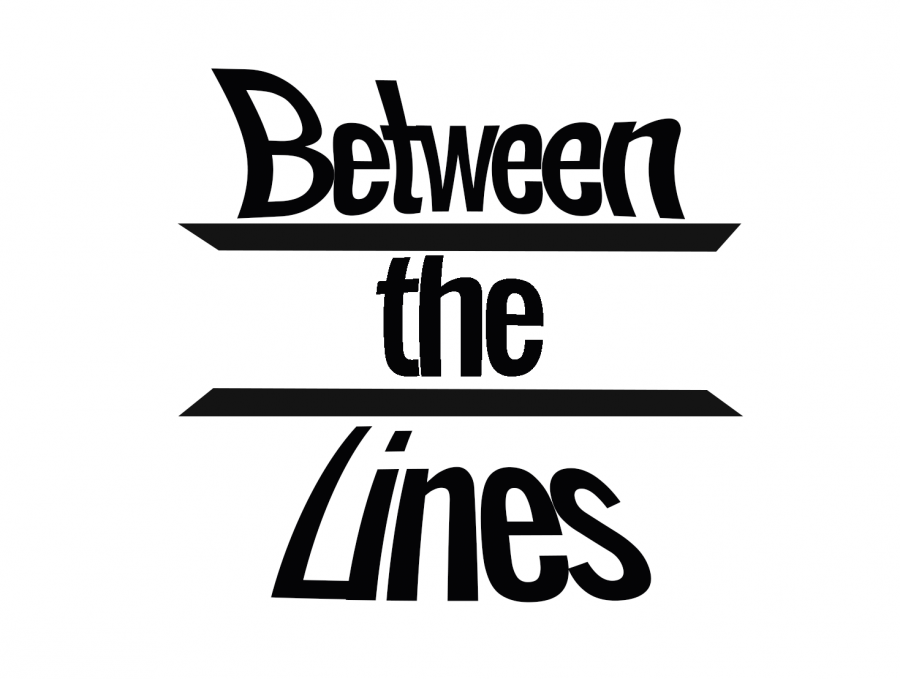Between the Lines: ‘Severance’ by Ling Ma
Illustration by Ethan Gullett
March 30, 2020
Relevant to the current atmosphere, Ling Ma’s “Severance” is an apocalyptic female narrative from the voice of a Chinese immigrant who passively resumes her quotidian work life while New York City and the country crumble under a pandemic.
Twenty-something Candace Chen works at a publishing company in Manhattan when a fungal infection called “Shen Fever” sweeps New York City, turning its inhabitants into zombie-like “creatures of habit, mimicking old routines and gestures they must have inhabited for years, decades.” The “fevered” remain in an infinite loop of familiar rituals until they deteriorate due to a lack of consciousness. With the use of a global pandemic, Ma employs an age-old critique of late-stage capitalism by showing that even in a zombie state of mind, void of consciousness, the infected are still bound to the same patterns and habits.
Motivated by a contract promising abundant bonuses, Candace remains in a moodily empty New York City and continues her routine through the falling infrastructure: “I got up. I went to work in the morning.”
She does this until she can no longer sustain the deserted metropolis. Later, when confronted with a reason behind her survival, Candace notes, “Who knew what was true. The sheer density of information and misinformation at the End, encapsulated in news articles and message-board theories and clickbait traps that had propagated hysterically through retweets and shares, had effectively rendered us more ignorant, more helpless, more innocent in our stupidity.”
Ma critiques the systems of dystopian 2006, specifically the gathering and spreading of information and misinformation. She blames our miseducation for the multiplication of helplessness and ignorance.
Rather than write an overdone elegy to New York City, Ma created a eulogy in the form of a zombie apocalypse. As the city meets desolation, the narrative is nostalgic and continues to “live in the myth of New York more than in its reality.” As Candace wanders the emptying streets, the chapters tug between her dystopian present and past, leading her to conclude that “memories beget memories.”











